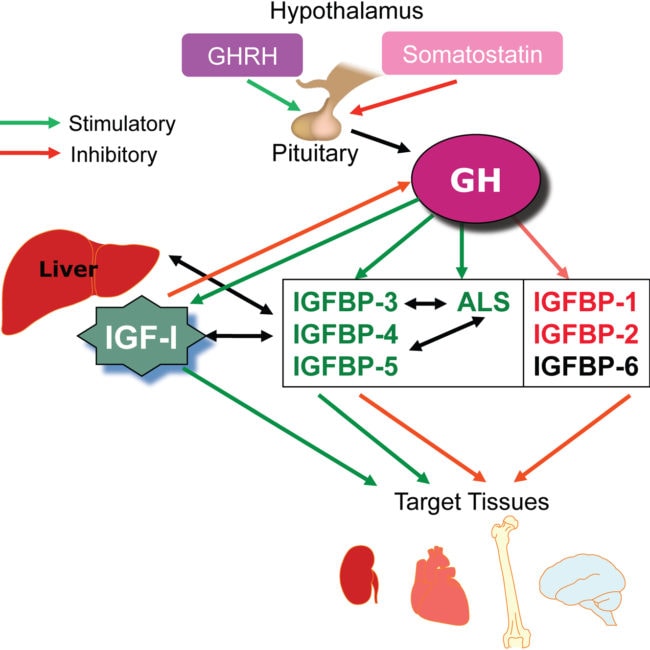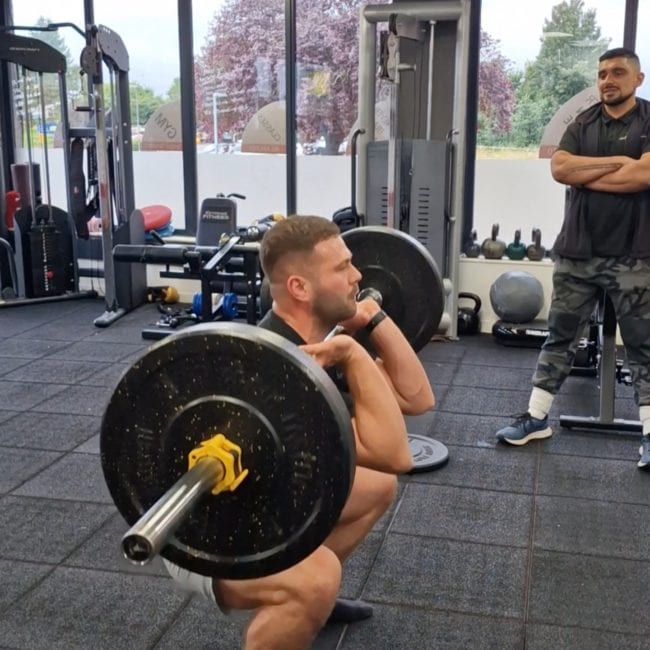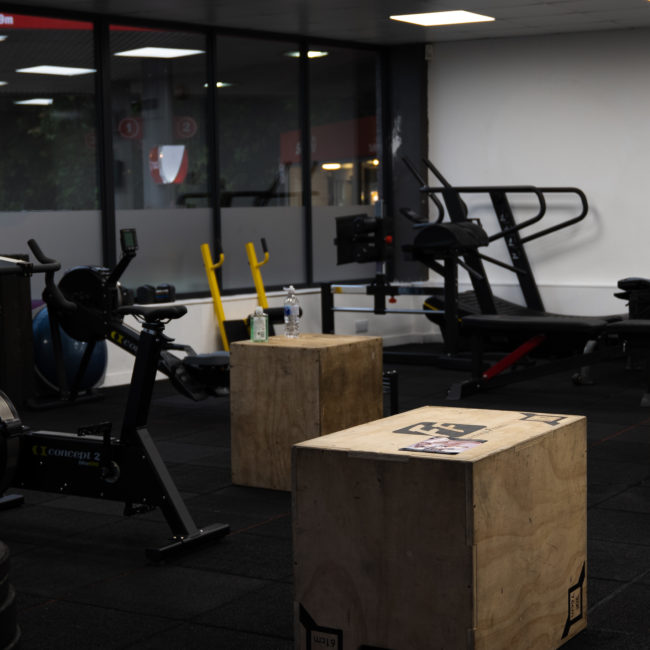REVAMP YOUR FITNESS ROUTINE: A PERSONAL TRAINING PLAN EXAMPLE THAT GUARANTEES RESULTS
Let’s get started with the Personal Training Plan Example.
Are you tired of struggling to see results from your fitness routine? Ready to revamp your workouts and achieve your desired goals? Look no further! In this article, we present a personal training plan example that guarantees results. Whether you’re a beginner or a seasoned fitness enthusiast, this plan will help you take your workouts to the next level.
Our brand voice is all about positivity and encouragement, so we’re here to provide you with the tools and motivation you need to succeed. With our expertly designed training plan, you’ll be able to boost your fitness levels, increase strength and endurance, and reach your personal best.
The key to an effective fitness routine is variety and consistency. That’s why our personal training plan incorporates a mix of cardiovascular exercises, strength training, and flexibility training. We’ll guide you through each step, ensuring proper form and technique to prevent injuries and optimize your results.
Don’t waste any more time on ineffective workouts. Follow our personal training plan example and watch as you transform your body and feel more confident and energized than ever before. Get ready to take charge of your fitness journey and achieve the results you’ve always dreamed of.
Work, Work And work harder/Smarter


Assessing your current fitness level
Having a personal training plan offers numerous benefits that can greatly enhance your fitness journey. Let’s explore some of these benefits:
1. Structured and Efficient Workouts: A personalized training plan provides a structured approach to your workouts. Instead of randomly selecting exercises, you’ll have a clear plan in place, ensuring that you’re making the most of your time at the gym or during home workouts. This structure helps you stay organized and focused, maximizing the effectiveness of each session.
2. Targeted Goal Setting: One of the key advantages of a personal training plan is the ability to set specific, measurable, achievable, relevant, and time-bound (SMART) fitness goals. By identifying what you want to achieve, you’ll be able to tailor your workouts to meet those goals. Whether it’s weight loss, muscle gain, or improved endurance, a personal training plan helps you stay on track and monitor your progress.
3. Accountability and Motivation: Working with a personal training plan adds a level of accountability to your fitness routine. Knowing that you have a plan to follow and someone to answer to can be a powerful motivator. It helps you stay committed to your workouts and pushes you to give it your all. Plus, having a plan in place makes it easier to track your progress and celebrate your accomplishments along the way.
By incorporating a personal training plan into your fitness routine, you’ll experience these benefits and more. It’s a game-changer that can take your workouts to new heights and help you achieve the results you’ve always desired.
Setting SMART fitness goals
Before diving into any fitness program, it’s essential to assess your current fitness level. This step allows you to understand where you’re starting from and helps you set realistic goals. Here are a few key aspects to consider when assessing your fitness level:
1. Cardiovascular Endurance: Evaluate your cardiovascular endurance by performing exercises that elevate your heart rate, such as jogging, cycling, or swimming. Note how long you can sustain these activities and how quickly your heart rate recovers after exertion. This will give you an idea of your current cardiovascular fitness level.
2. Strength and Muscular Endurance: Assess your strength and muscular endurance by performing exercises like push-ups, squats, or planks. Take note of the number of reps you can complete with proper form and how challenging they feel. This will help you gauge your current strength and identify areas for improvement.
3. Flexibility and Mobility: Evaluate your flexibility and mobility by performing stretches and movements that target major muscle groups. Note any limitations or discomfort you experience during these exercises. This assessment will highlight areas where you may need to focus on improving flexibility and range of motion.
By assessing these aspects of your fitness level, you’ll have a clear understanding of where you stand. This knowledge will guide you in setting appropriate goals and designing a personalized training plan that addresses your specific needs.
Designing a personalized workout plan
Setting SMART fitness goals is crucial for staying motivated and focused throughout your fitness journey. These goals provide a clear direction and help measure your progress. Here’s how to set SMART fitness goals:
1. Specific: Start by defining your goals in specific terms. Instead of saying, “I want to lose weight,” specify how much weight you want to lose and by when. For example, “I want to lose 10 pounds in the next three months.”
2. Measurable: Ensure that your goals are measurable. This means you should be able to track your progress and determine whether you’ve achieved your desired outcome. Use quantifiable metrics such as weight, body fat percentage, or performance benchmarks to measure your success.
3. Achievable: Set goals that are challenging yet attainable. Consider your current fitness level, lifestyle, and time commitments. It’s important to set goals that push you out of your comfort zone but are still within reach.
4. Relevant: Make sure your fitness goals align with your overall health and well-being. Consider how achieving these goals will positively impact your life. If your goal is to run a marathon, for instance, ensure that it aligns with your passion for running and the benefits it will bring to your overall fitness.
5. Time-bound: Set a specific timeline for achieving your goals. This adds a sense of urgency and helps you stay focused. Having a deadline creates a sense of accountability and ensures that you’re consistently working towards your desired outcome.
By setting SMART fitness goals, you’ll have a clear roadmap for success. These goals will keep you motivated, help you track your progress, and provide a sense of accomplishment as you achieve each milestone along the way.
Incorporating different types of exercises
Designing a personalized workout plan is the key to optimizing your fitness journey. Here’s how to do it effectively:
1. Consult with a Professional: If you’re new to fitness or have specific goals in mind, consider consulting with a personal trainer or fitness professional. They can assess your needs, provide expert guidance, and help design a plan that aligns with your goals.
2. Identify the Right Exercises: Choose exercises that target different muscle groups and address your specific goals. Incorporate cardiovascular exercises like running or cycling for overall fitness, strength training exercises like weightlifting or bodyweight exercises for building muscle, and flexibility exercises like yoga or stretching to improve mobility.
3. Determine Frequency and Duration: Decide how often you’ll work out and how long each session will be. This will depend on your schedule, fitness level, and goals. Aim for a balance between consistency and allowing enough time for rest and recovery.
4. Warm-up and Cool-down: Don’t forget to include warm-up and cool-down exercises in your plan. These help prepare your body for exercise and prevent injuries. Incorporate dynamic stretches and low-intensity movements at the beginning of your workout, followed by static stretches and gentle movements at the end.
5. Progression and Variety: As you get stronger and more comfortable with your workouts, gradually increase the intensity, duration, or resistance of your exercises. This progression ensures that your body continues to adapt and improve. Additionally, incorporate variety into your workouts to keep things interesting and prevent plateaus.
By designing a personalized workout plan that incorporates these elements, you’ll set yourself up for success. Remember to listen to your body, make adjustments as needed, and stay consistent with your training.
Tracking progress and making adjustments
A well-rounded fitness routine incorporates different types of exercises to target various aspects of physical fitness. Here are three key types of exercises to include in your personal training plan:
1. Cardiovascular Exercises: Cardiovascular exercises, also known as cardio, are essential for improving heart health, burning calories, and boosting endurance. These exercises increase your heart rate and breathing rate, challenging your cardiovascular system. Examples include running, swimming, cycling, or high-intensity interval training (HIIT).
2. Strength Training Exercises: Strength training exercises are crucial for building muscle, increasing strength, and improving body composition. These exercises involve resistance, such as weights or bodyweight, and target specific muscle groups. Examples include weightlifting, bodyweight exercises (push-ups, squats), or using resistance bands.
3. Flexibility and Mobility Exercises: Flexibility and mobility exercises help improve joint range of motion, prevent injuries, and enhance overall movement quality. These exercises include stretching, yoga, and mobility drills. Incorporating these exercises into your routine will improve your flexibility, posture, and overall athletic performance.
By including a combination of cardiovascular exercises, strength training exercises, and flexibility and mobility exercises in your personal training plan, you’ll achieve a well-rounded and balanced fitness routine. This variety will challenge your body in different ways, prevent boredom, and ensure comprehensive results.
Balancing nutrition and exercise for optimal results
Tracking your progress is essential for staying on course and making the necessary adjustments to your personal training plan. Here’s how to effectively track your progress:
1. Measurements and Body Composition: Take initial measurements of your body, including weight, body fat percentage, and circumferences (waist, hips, arms, etc.). Record these measurements and periodically reassess them to track changes in your body composition.
2. Fitness Performance: Keep track of your performance in fitness-related activities. This could include running times, weightlifting personal records, or the number of push-ups you can do in a minute. As you progress, you’ll notice improvements in your performance, which serve as indicators of your increasing fitness levels.
3. Visual Progress: Take progress photos or use a mirror to visually assess changes in your physique. Sometimes the scale may not reflect the changes happening in your body, but visual progress can provide a more accurate representation of your transformation.
4. Energy Levels and Well-being: Pay attention to how you feel on a day-to-day basis. Notice improvements in your energy levels, mood, and overall well-being. These subjective measures can also indicate progress and the positive impact of your training plan.
Once you’ve started tracking your progress, it’s important to make adjustments as needed. If you’re not seeing the desired results, consider modifying your workout intensity, duration, or exercises. Additionally, reassess your goals periodically and adjust them if necessary. Remember, your personal training plan should evolve as you progress on your fitness journey.
Finding motivation and staying accountable
While exercise is a crucial component of any fitness plan, it’s equally important to balance it with proper nutrition. Here’s how to optimize your nutrition for optimal results:
1. Eat a Balanced Diet: Focus on consuming a variety of nutrient-dense foods that provide essential vitamins, minerals, and macronutrients. Include lean proteins, whole grains, fruits, vegetables, and healthy fats in your meals. Avoid excessive processed foods, sugary snacks, and beverages.
2. Monitor Caloric Intake: Depending on your goals, you may need to adjust your caloric intake. If your aim is weight loss, create a calorie deficit by consuming fewer calories than you burn. If your goal is muscle gain, ensure you’re consuming enough calories to support muscle growth.
3. Hydrate Properly: Stay hydrated by drinking an adequate amount of water throughout the day. Water plays a crucial role in maintaining energy levels, regulating body temperature, and supporting overall health. Avoid excessive consumption of sugary drinks or alcohol.
4. Consider Nutrient Timing: Depending on your workout schedule, consider the timing of your meals and snacks. Pre-workout nutrition can provide energy for your workouts, while post-workout nutrition aids in muscle recovery and replenishes glycogen stores. Experiment with different meal timings to find what works best for you.
5. Listen to Your Body: Pay attention to hunger and fullness cues, and eat mindfully. Learn to differentiate between physical hunger and emotional cravings. Make conscious choices that nourish your body and support your fitness goals.
Remember, nutrition is a vital component of your personal training plan. Properly fueling your body with nutritious foods will optimize your workouts, enhance recovery, and help you achieve your desired results.
Conclusion: Achieving your fitness goals with a personalized training plan
Maintaining motivation and accountability can be challenging at times, but it’s crucial for long-term success. Here are some strategies to help you stay motivated and accountable throughout your fitness journey:
1. Set Short-term and Long-term Goals: Break down your long-term goals into smaller, achievable milestones. Celebrate each milestone as you achieve it. These short-term goals provide a sense of accomplishment and motivation to keep going.
2. Find an Accountability Buddy: Partner up with a friend or family member who shares similar fitness goals. Having someone to train with and hold you accountable can make a significant difference in staying motivated. You can challenge and support each other along the way.
3. Join Group Fitness Classes or Online Communities: Participating in group fitness classes or joining online fitness communities can provide a sense of camaraderie and support. Interacting with like-minded individuals who are on a similar fitness journey can be motivating and inspiring.
4. Reward Yourself: Set up a reward system for reaching specific milestones or consistently following your training plan. Treat yourself to something you enjoy, such as a massage, new workout gear, or a day off from training. These rewards act as incentives and help maintain motivation.
5. Keep a Training Journal: Maintain a training journal to track your progress, emotions, and reflections. This journal can serve as a valuable resource to look back on and remind yourself of how far you’ve come. It also helps identify patterns and areas for improvement.
Remember, motivation may ebb and flow, but staying consistent and accountable to your personal training plan will yield long-term results. Embrace the journey and stay committed to your goals.











